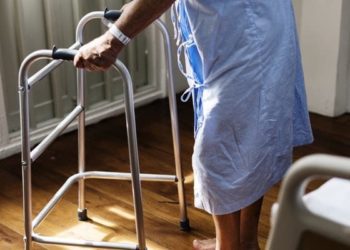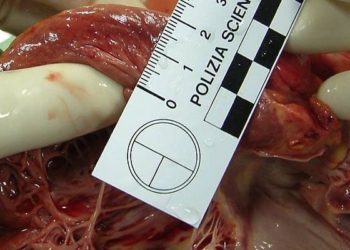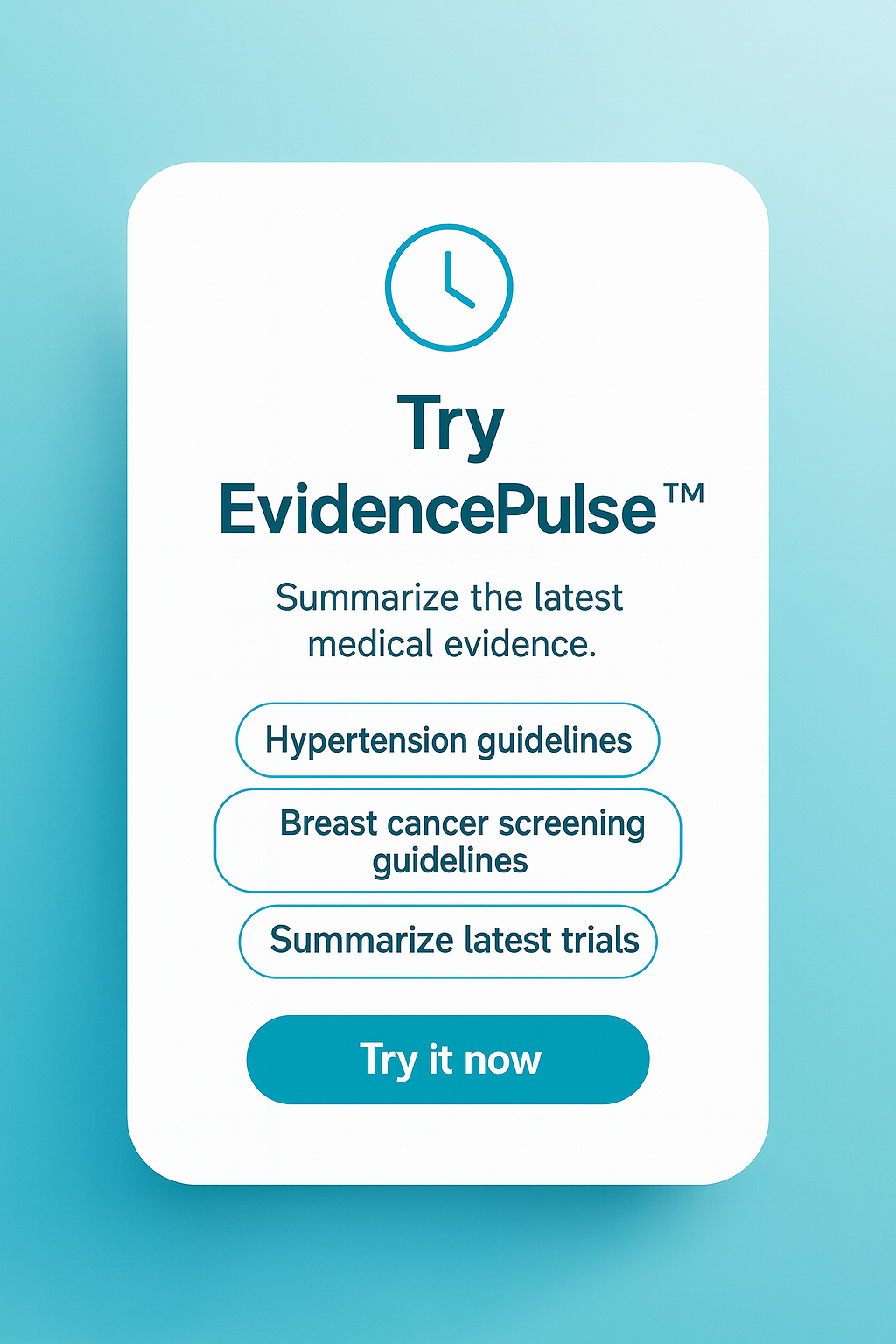Self reported physical activity not significantly different across different severities of hemophilia
1. In this cohort of individuals with hemophilia, the physical activity levels and step count did not significantly differ between severity phenotypes.
Evidence Rating Level: 1 (Excellent)
Hemophilia is a bleeding disorder characterized by blood that does not form clots. It can be divided into hemophilia A, due to a deficiency in factor VIII or hemophilia B, a deficiency in factor IX. Physical activity (PA) is recommended for individuals with either type of hemophilia, although the amount of PA is still under investigation. In patient populations where joint pain can limit movement, one way to assess overall strength is by measuring grip strength. Research has shown that grip strength can be a predictor of fall risk. Based on this information, the goal of the study was to determine how the severity phenotype influences the level of PA in patients with hemophilia (PwH), and understand the relationship between PA and bone quality, specifically bone mineral density (BMD) and trabecular bone mass (TBS) and lean mass. Individuals included in the study were adult males with mild, moderate, and severe hemophilia A or B. Each eligible participant tracked their PA with an electronic activity tracker worn for seven consecutive days while also utilizing an activity diary. A total of 223 PwH (median age 43 [30, 56] years) were included in the study. Among these individuals, 45 had mild, 46 had moderate, and 132 had severe hemophilia A or B. The amount of step activity/day was 7392 [4981, 10579] within the entire cohort and did not significantly differ among the hemophilia severity types (p=0.162). Similarly, the subjective PA did not differ significantly between the phenotypes (p=0.459). There was a positive correlation between lean body mass and BMD (rho=0.309, p<0.001), but not between lean body mass and TBS (rho=-0.11, p=0.134). While there was a positive correlation between PA and TBS (rho=0.202, p=0.005). There was also a positive correlation between handgrip strength and BMD (rho=0.361, p<0.001), TBS (rho=0.221, p=0.021), and lean mass (rho=0.287, p=0.003). Overall, self-reported PA and step activity did not differ significantly between the severity groups.
Click to read the study in PLOSONE
Image: PD
©2025 2 Minute Medicine, Inc. All rights reserved. No works may be reproduced without expressed written consent from 2 Minute Medicine, Inc. Inquire about licensing here. No article should be construed as medical advice and is not intended as such by the authors or by 2 Minute Medicine, Inc.



![2 Minute Medicine: Pharma Roundup: Price Hikes, Breakthrough Approvals, Legal Showdowns, Biotech Expansion, and Europe’s Pricing Debate [May 12nd, 2025]](https://www.2minutemedicine.com/wp-content/uploads/2025/05/ChatGPT-Image-May-12-2025-at-10_22_23-AM-350x250.png)





